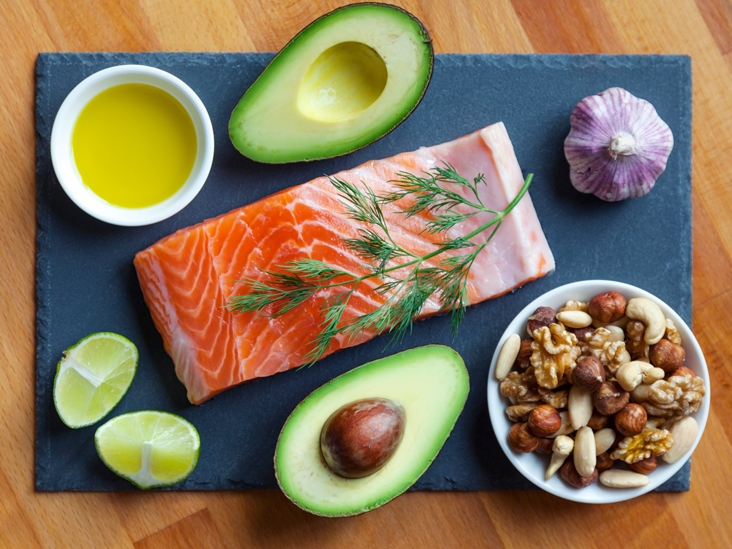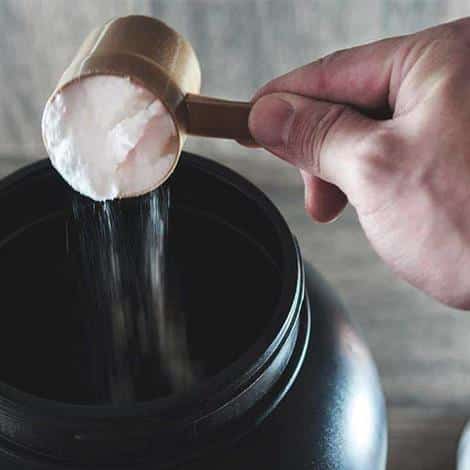Men's Health, Sports Nutriton
What Is Citrulline, Comparison Of L Citrulline And Citrulline Dl?
Ah, what a timely post! Right when the health is raging like never before, you get to talk about something that offers perfect respite.
Heard of Citrulline? Taking supplements has become a somewhat common practice in this generation.
With growing awareness and work hours, today’s generation has no option but to take herbal and nutritional supplements to maintain optimal health. There’s a supplement for everything—heart health, brain development and what not. But what if I tell you that there is a magic supplement for weight loss too?
 Curious? Read on to know more about this miracle supplement!
Curious? Read on to know more about this miracle supplement!
 So if the combination is not taken you will not get results sufficiently.
However, when citrulline malate is used, it isn’t clear which health effects are due to citrulline and which are due to malate. So by taking in the combination gives you the best results.
So if the combination is not taken you will not get results sufficiently.
However, when citrulline malate is used, it isn’t clear which health effects are due to citrulline and which are due to malate. So by taking in the combination gives you the best results.
 If you’re trying to take more citrulline in your diet, you may require to eat more of watermelon. The amino acid is found in high amounts in both the rind and flesh of this fruit.
Some of the foods consisting of citrulline other than watermelon are:
If you’re trying to take more citrulline in your diet, you may require to eat more of watermelon. The amino acid is found in high amounts in both the rind and flesh of this fruit.
Some of the foods consisting of citrulline other than watermelon are:
 Curious? Read on to know more about this miracle supplement!
Curious? Read on to know more about this miracle supplement!
What Are The Various Forms Of Citrulline Malate?
There are two primary forms of citrulline malate which are being used in many health products today they are:- L-Citrulline
- DL-Citrulline.
What Is L-Citrulline?
L-citrulline is a substance called a non-essential amino acid. Your kidneys change L-citrulline into another amino acid called L-arginine and a chemical called nitric oxide. These compounds are essential to your heart and blood vessel health. They may also boost your immune system.Citrulline Background
As you all know that L-citrulline is a nonessential amino acid, which means the body can synthesize it from other nutrients. Glutamine is an amino acid which can be utilized to produce L-citrulline. Although L-citrulline insufficiencies are unlikely to happen, citrulline supplements have been promoted for some advantages, most prominently enhancing sports performance. Dosage for citrulline generally ranges between 6 and 18 grams per day, and it is often sold in the form of citrulline malate.What Is DL-Citrulline Malate?
L-citrulline DL-malate is simply citrulline with an added malic acid component. Malate, or malic acid, is a naturally happening organic compound established in a variety of fruits, though it is most commonly utilized as a food additive or preservative.Which Is The Best Way To Consume?
The best to consume citrulline malate is in the form of powdered supplement and in this form INLIFE has the best supplement as it is raw and also unflavoured. Why should you consume citrulline always with the combination of malate? And what will happen if it is not consumed with the combination? When mixed with citrulline, malic acid has been shown to promote better absorption and larger bioavailability. However, few studies also suggest that malic acid may have some potential benefits of its own, including supporting pain management and increased physical energy. It is also often included in skincare products for its potential exfoliating properties. So if the combination is not taken you will not get results sufficiently.
However, when citrulline malate is used, it isn’t clear which health effects are due to citrulline and which are due to malate. So by taking in the combination gives you the best results.
So if the combination is not taken you will not get results sufficiently.
However, when citrulline malate is used, it isn’t clear which health effects are due to citrulline and which are due to malate. So by taking in the combination gives you the best results.
L-Citrulline vs. DL- Citrulline Malate: Which Version Is The Best?
L-citrulline is one of three dietary amino acids involved in the urea cycle, which also includes L-ornithine and L-arginine. When it enters the body, citrulline is turned into arginine in the kidneys, making it a potentially beneficial supplement for increasing your arginine levels. L-citrulline is present in a variety of foods, especially watermelons. Watermelons have the highest natural concentration of L-citrulline, present in both the fruit’s meat and the rind. Citrulline can also be found in certain legumes, including garbanzo beans, peanuts, and soy. In terms of meat, it’s found high concentrations in liver and in smaller amounts in red meat and salmon. With such varying food choices and concentrations, many turn to supplementation to increase the amount of citrulline they take in. While some use varying forms of L-citrulline, others turn to L-citrulline DL-malate. Let’s take a near look at these two compounds and determine which of the two might work better for your needs. And The Final Winner Is… Both have their different strengths, but the win goes to L citrulline Dl malate. The key difference is its capacity to develop both muscle pumps and performance, meaning more reps, more successful time in the gym, and better results. Another benefit to using L- citrulline Dl -malate is that you don’t have to load the same, whereas L citrulline is only effective after a week of steady usage. But L citrulline Dl Malate you can take it right before your workout and experience immediate performance benefits. Whether you decide on L-citrulline or L- citrulline DL- malate, make sure to take the correct dosage. If you opt for L-citrulline, take 2.4-6.0 grams per day for a minimum of seven days. With DL- citrulline malate, 6-8 grams has been shown to yield benefits about an hour before exercise without using a loading phase.How To Make And Consume?
The Ingredients: How to Prepare Your Own Pre-workout Drink Some pre-workout powders contain a ton of ingredients. There are only a few that have quite an analysis to back their effectiveness though. Here are the ones that actually have some science behind them and the recommended doses that are researched. Citrulline malate is one of the best ingredient used to make a pre-workout drink. There are not a ton of researches done with citrulline malate, but the limited amount of studies do show many positive results. Studies from 2002 and 2010 both proved that citrulline malate has been decreasing muscle fatigue, speeds up muscle recovery, etc few more results. L-Citrulline is an amino acid that can be changed to arginine which is an ancestor of nitric oxide. Nitric oxide is a vasodilator that enables more blood to enter the muscles. Citrulline may help to develop the nitric oxide in the body. Citrulline malate is formed when citrulline is combined with DL-Malate (aka malic acid or malic salt). The malic acid helps to improve the benefits of the citrulline alone. Citrulline malate is generally sold as 1:1 or 2:1 ratio. The 2:1 ratio has more citrulline than the 1:1 ratio. since most of the exhibits come from the citrulline, 2:1 is more helpful than a 1:1. Since citrulline malate aids in decreasing muscle fatigue, you will undergo the best results if you are doing an ordinary to high rep program with little rest. Don’t expect an instant boost to your one rep max but you should still be able to kick butt with sets 4-8. Over time the extension workload capability should help your overall strength and muscle gains.How To Prepare And Consume?
Take 2g of citrulline malate in 200 ml water, juice or your pre-workout drink and mix it well. Consume it approx. 30- 45 minutes before you hit the gym. On non-training days take prior to meals on an empty stomach. You can take repeatedly which should exceed above 3 scoops. 6-8 grams before your workout. This is a pretty big serving size but this is the dosage that was utilized in the studies. Many numbers of pre-workouts will skimp on the dosage amount because of the large dosage amount.Who Can Take Citrulline Malate?
Bodybuilders and athletes take the lead of citrulline malate to increase blood flow to their muscle tissues and speed up recovery. Also, it is best for those who are concerned with aerobic exercise (runners, swimmers, cyclists, footballers, etc). As citrulline malate improves the recovery process so it may also be useful for power athletes.How To Get Citrulline From Diet?
 If you’re trying to take more citrulline in your diet, you may require to eat more of watermelon. The amino acid is found in high amounts in both the rind and flesh of this fruit.
Some of the foods consisting of citrulline other than watermelon are:
If you’re trying to take more citrulline in your diet, you may require to eat more of watermelon. The amino acid is found in high amounts in both the rind and flesh of this fruit.
Some of the foods consisting of citrulline other than watermelon are:
- Cucumbers
- Pumpkins
- Eggs
- Almonds
- Meats
- Fish
- Onion
- Garlic
- Dark chocolate is another best source of citrulline malate so if you are craving something sweet, this may be a suitable choice.



Gives good ide0a can a srbcitizen aged 87 yrs take this itemany cond6itionj
Hello Nagaraan, Please let me know the condition which you facing and depending upon the same we can decide whether to give you or no.